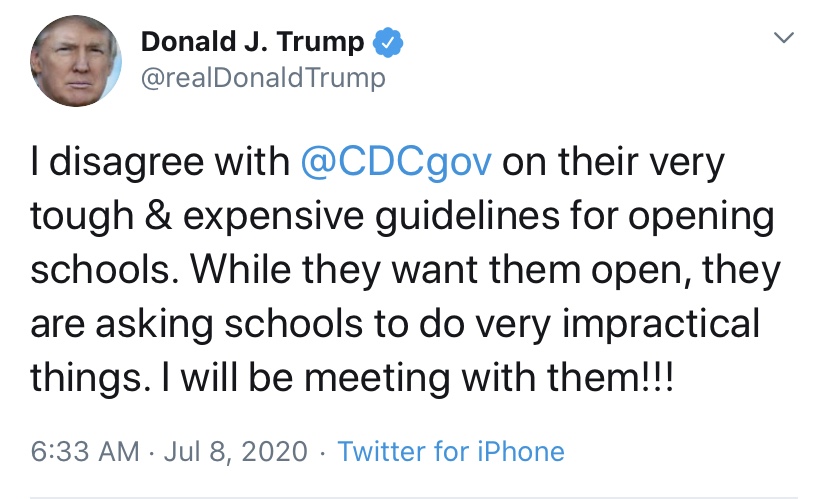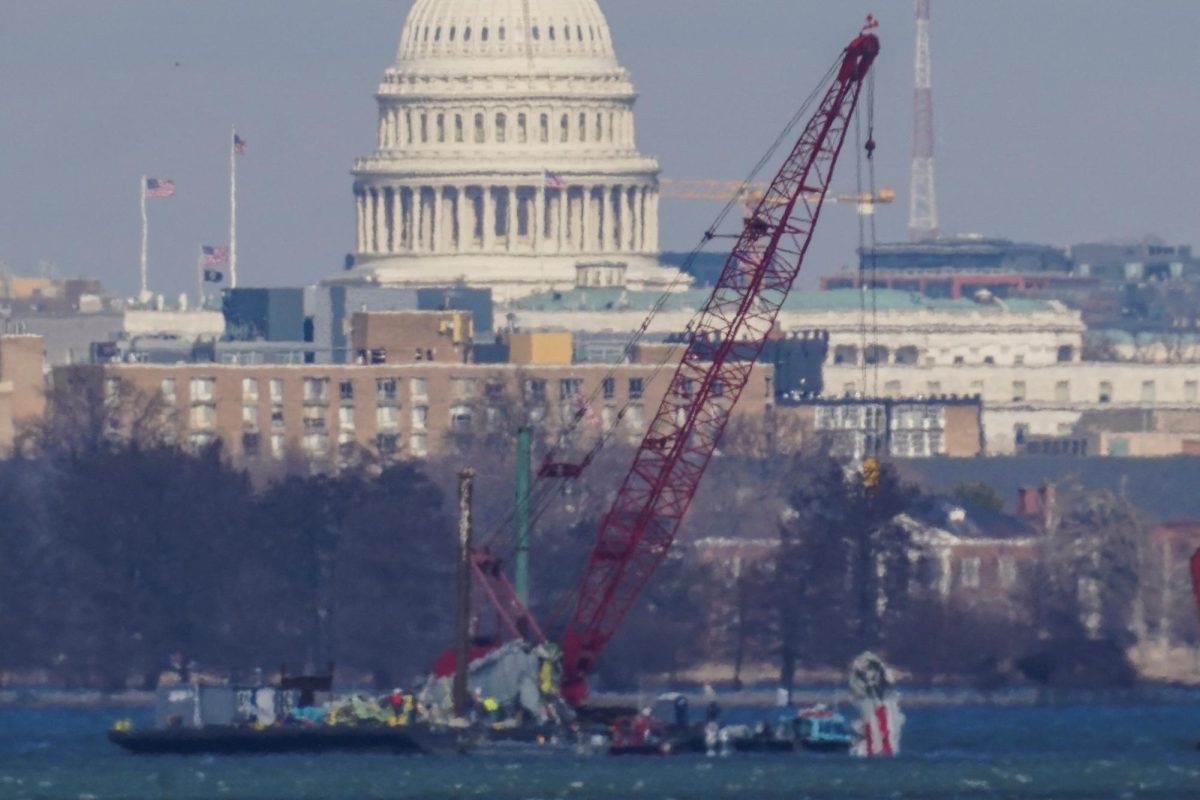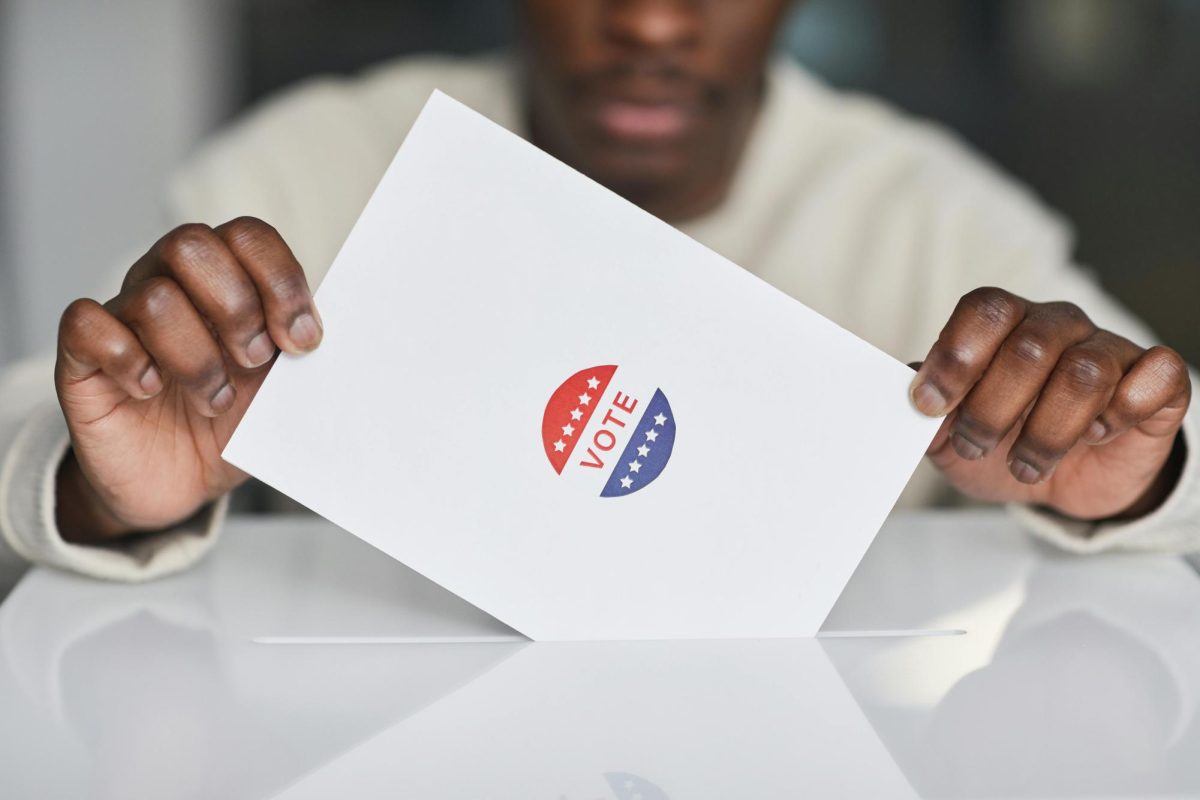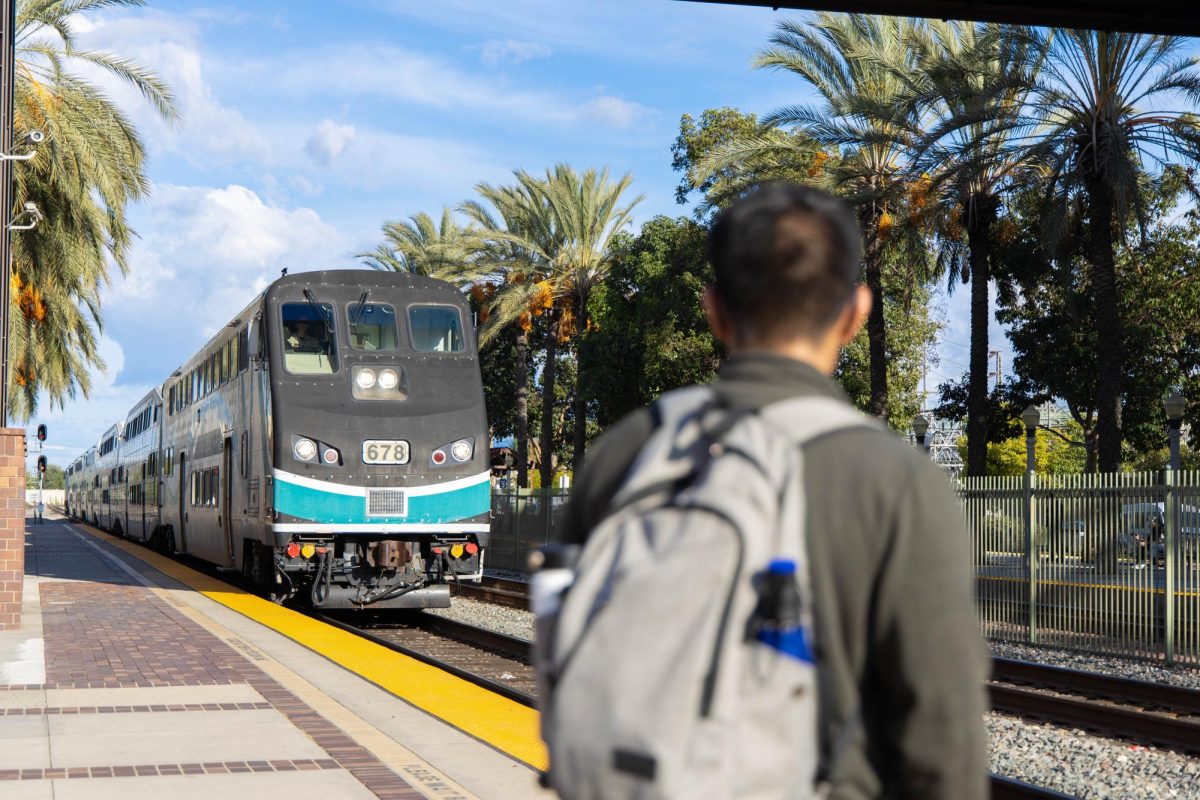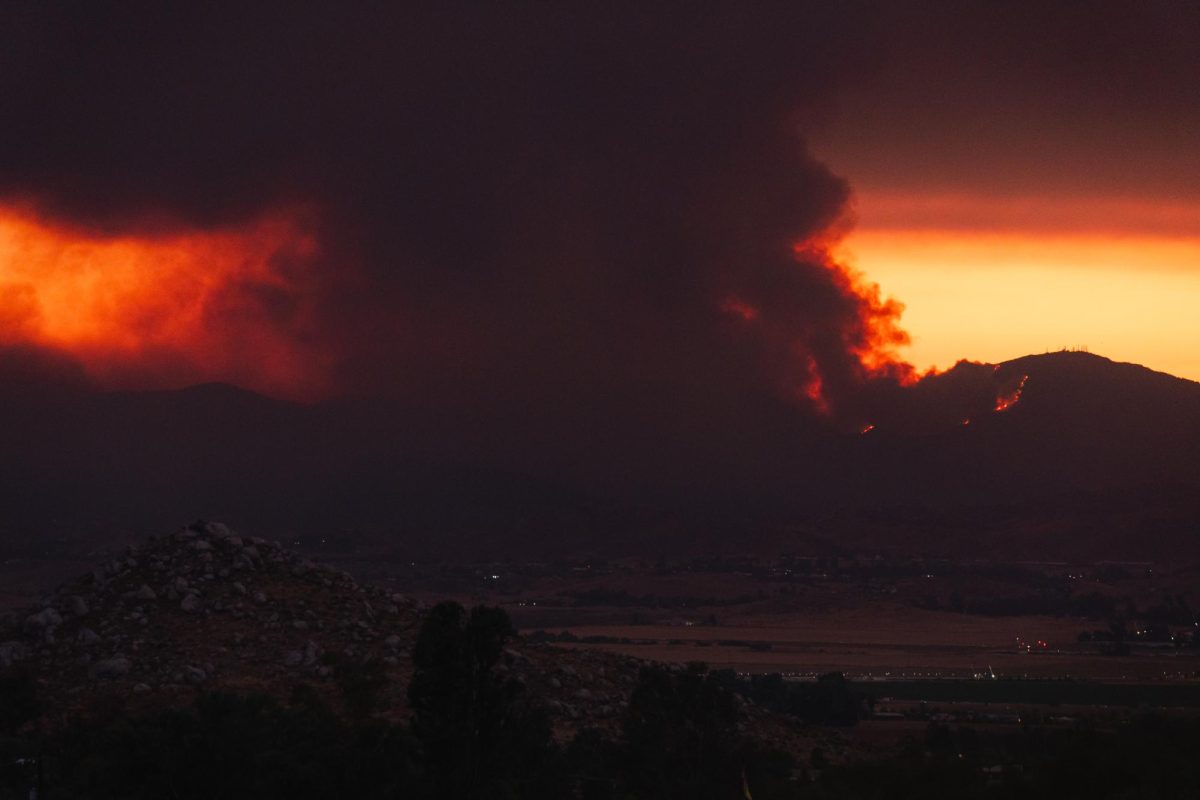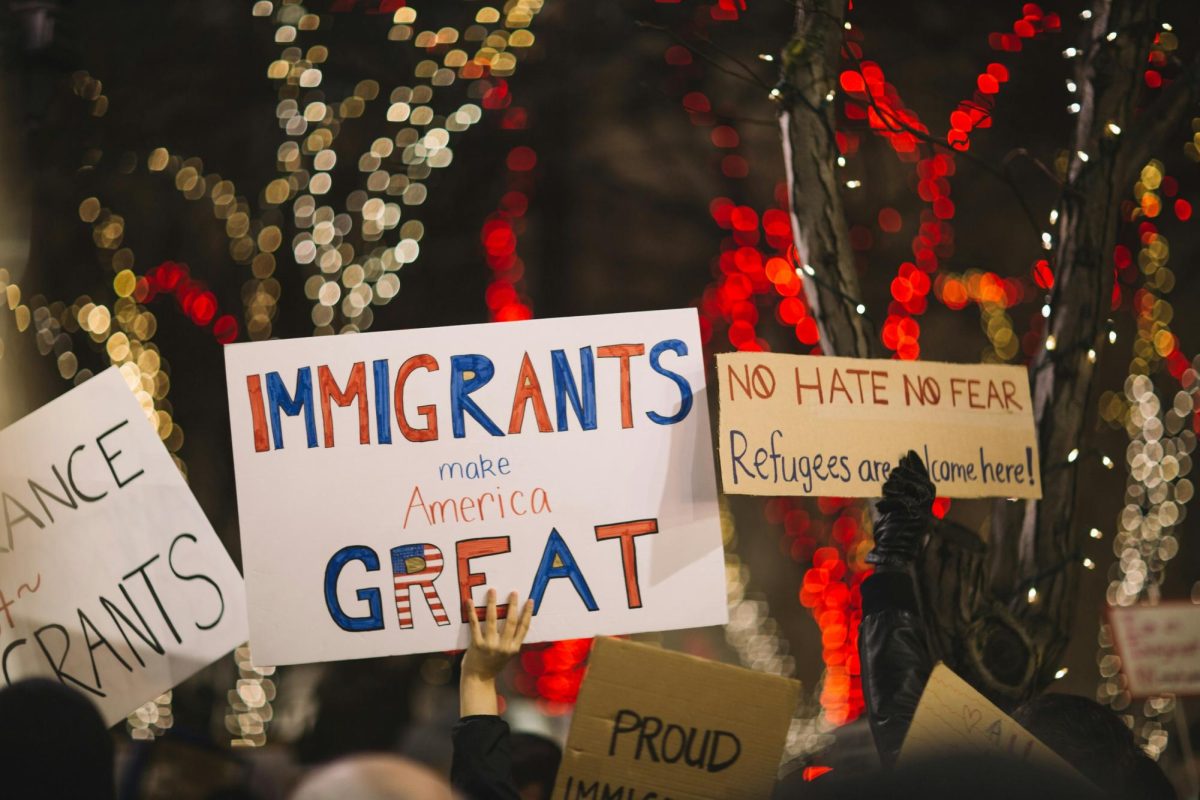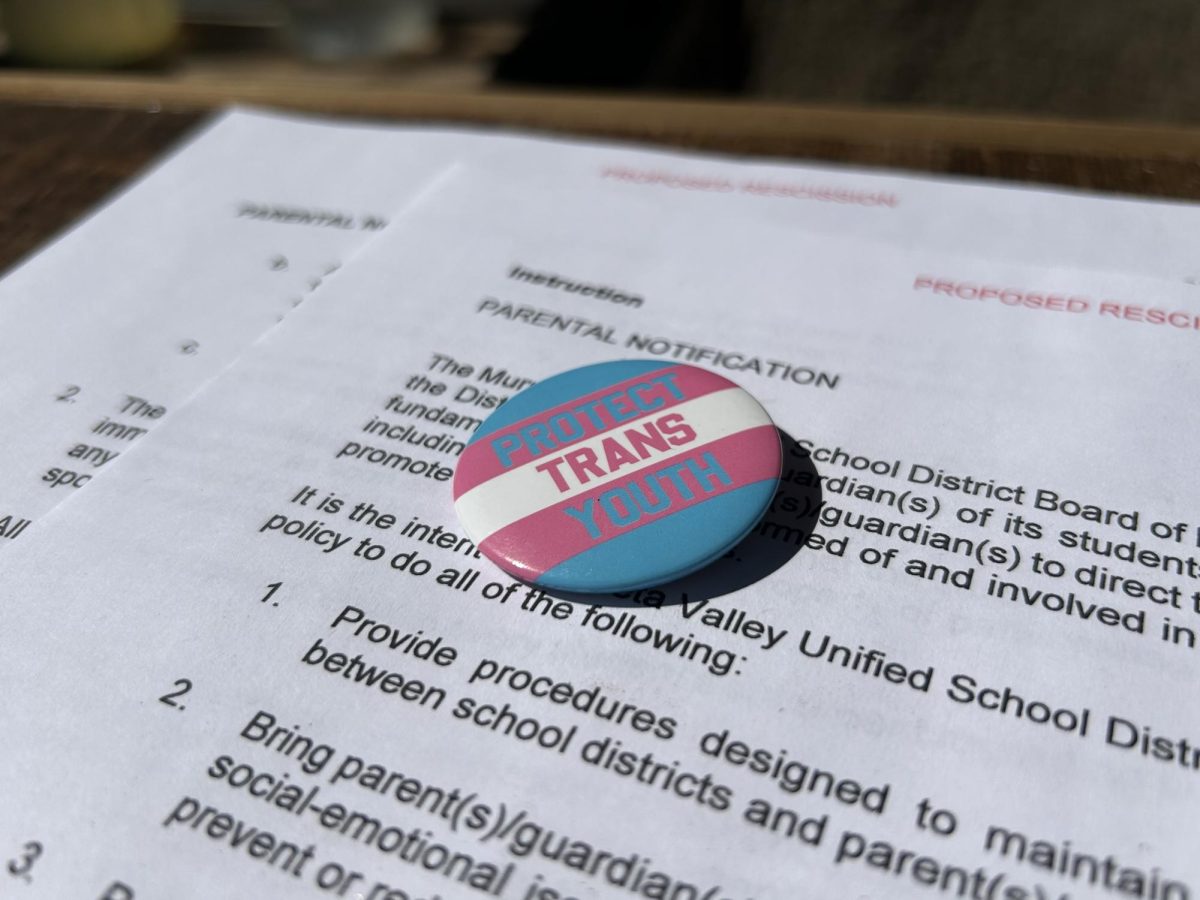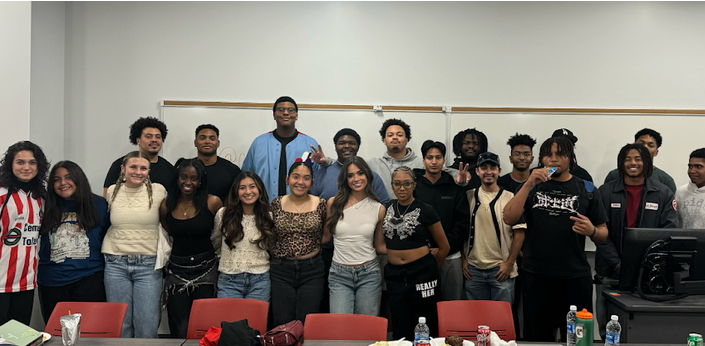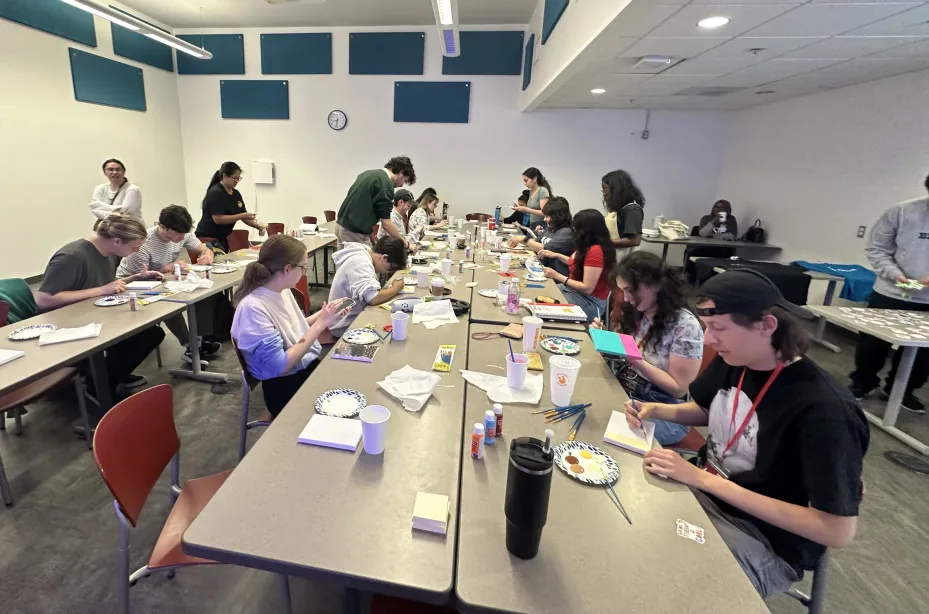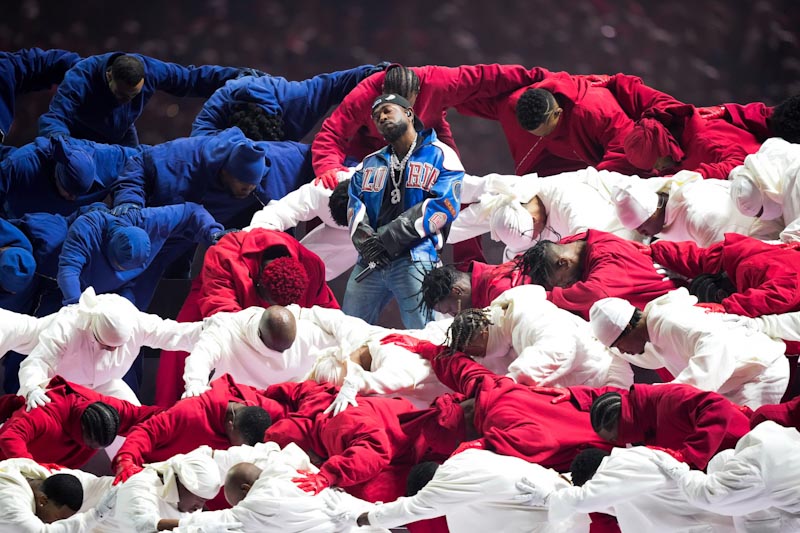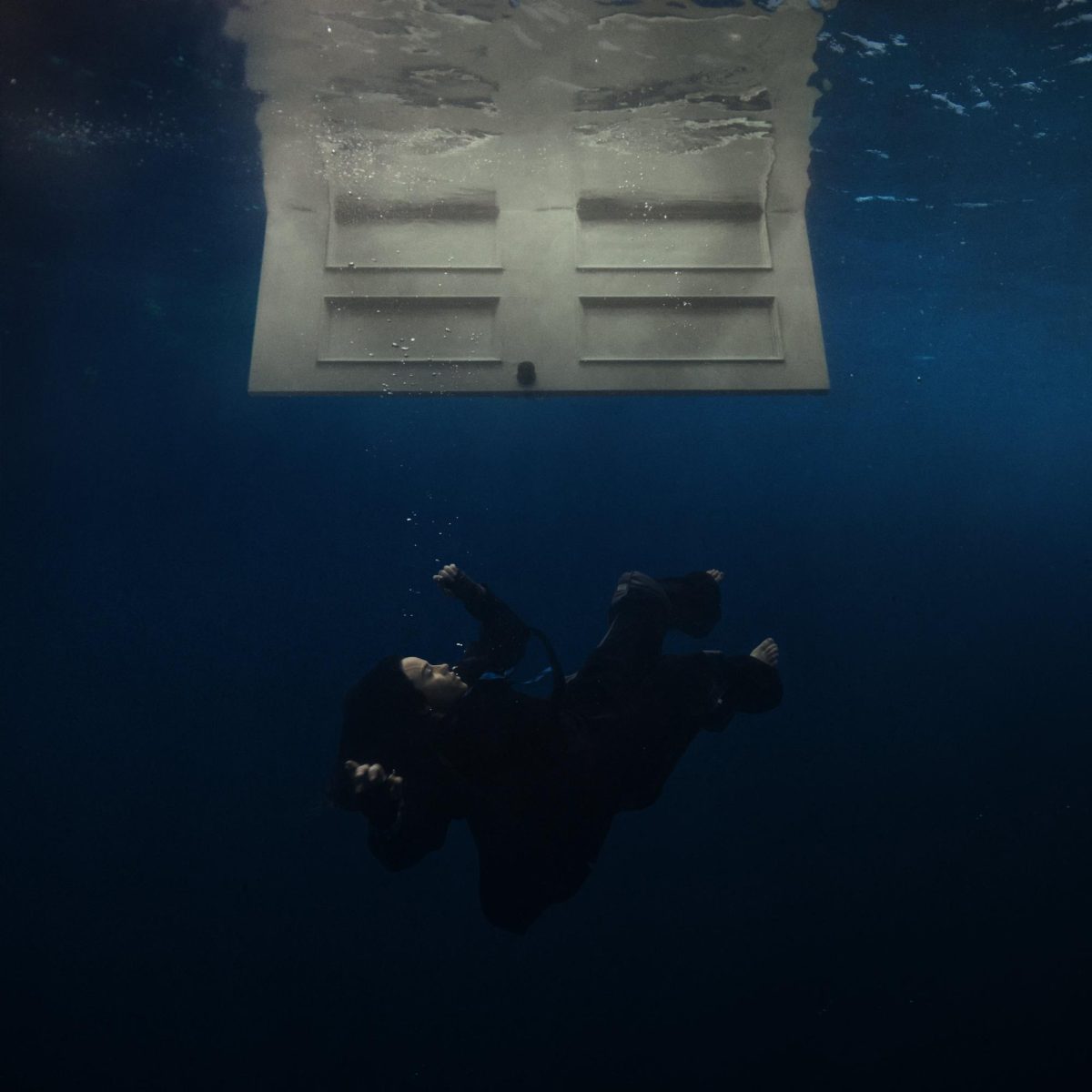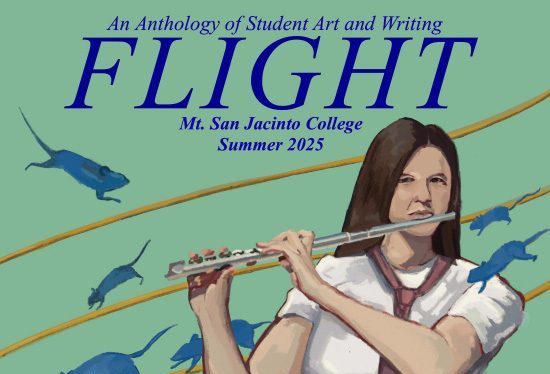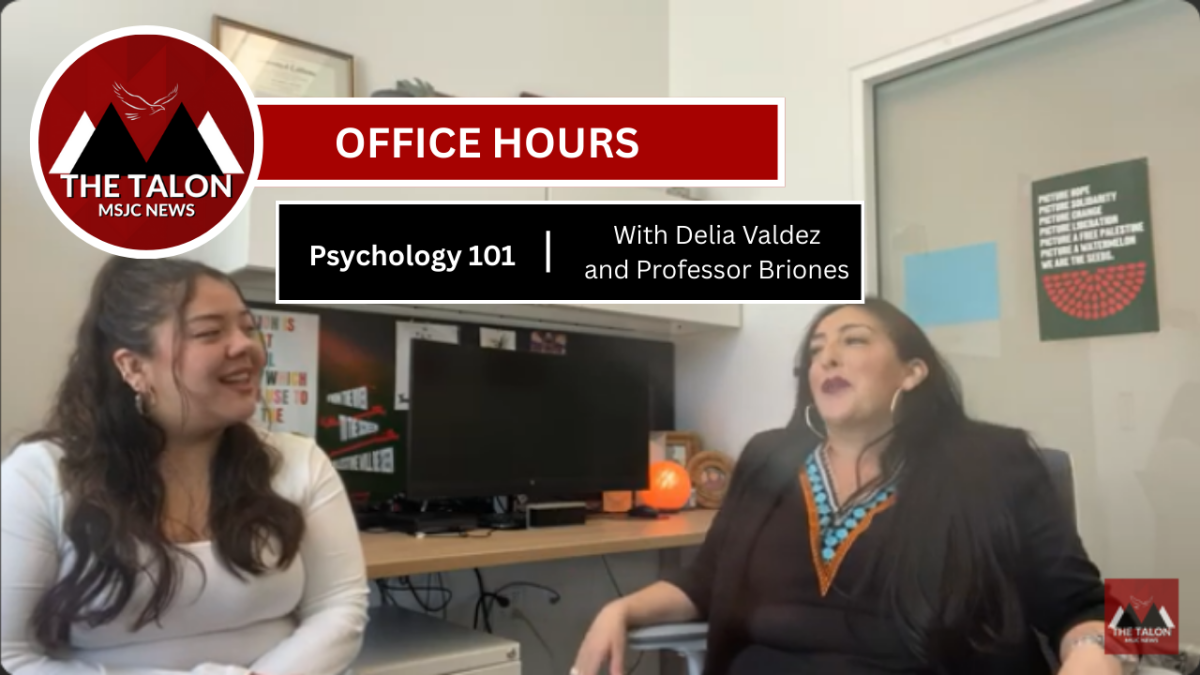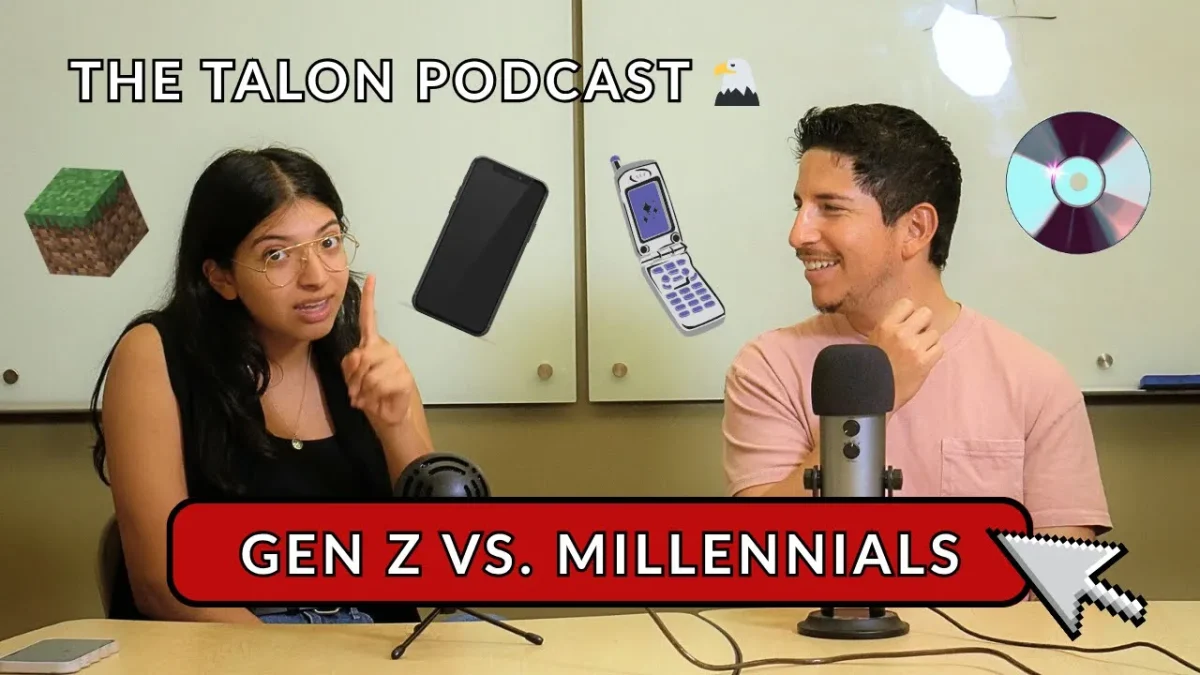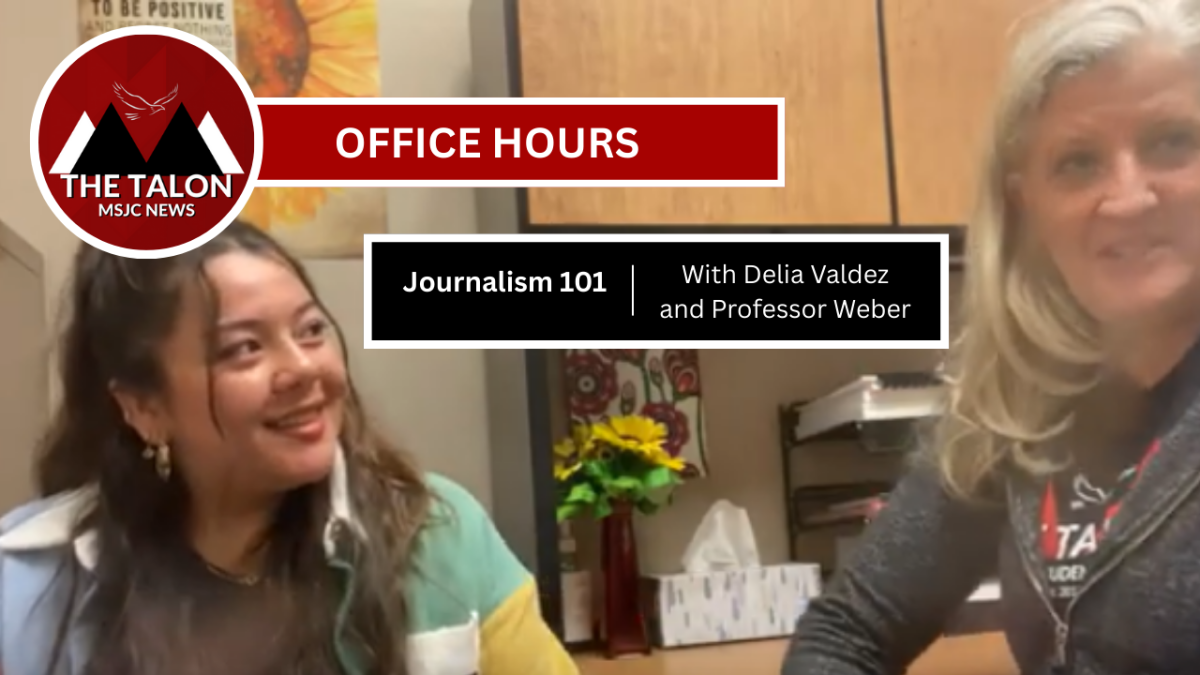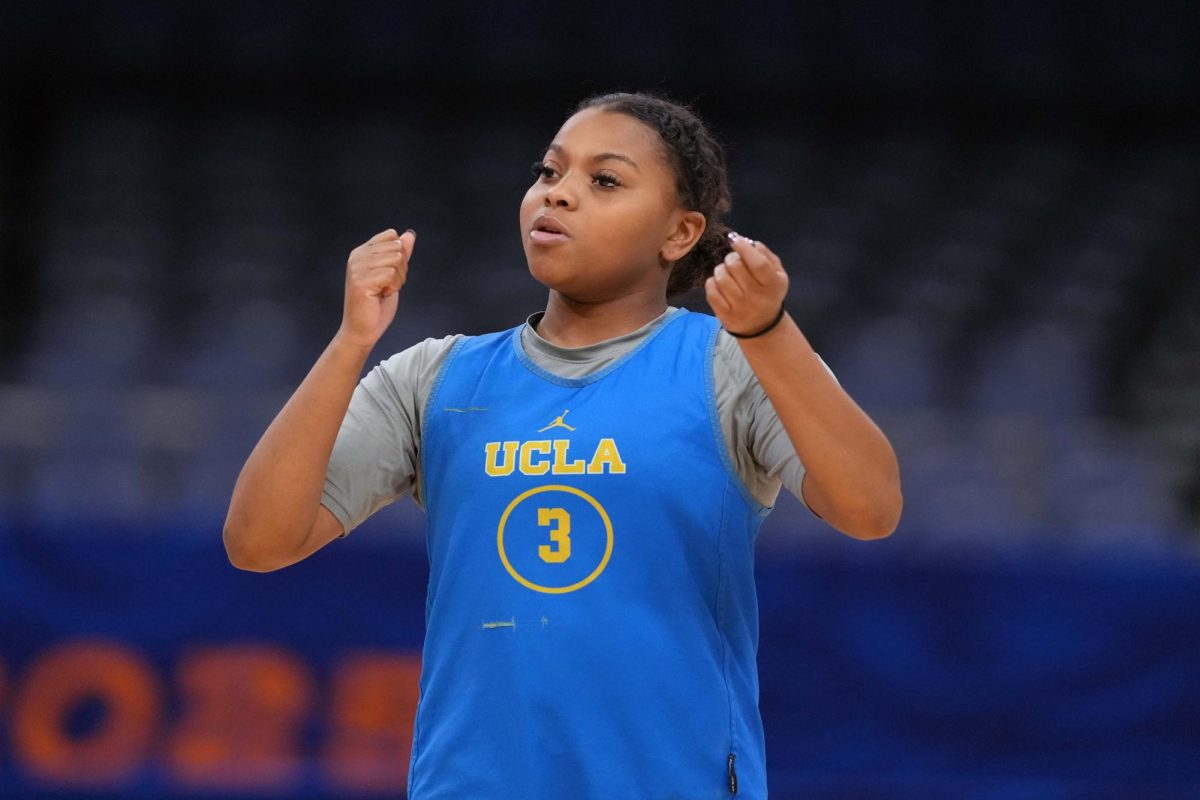By Alyse Kiara Deatherage
With COVID cases rising once again, many schools are looking at their plans for the fall and deciding whether or not to reopen classes for in-person instruction or to keep all classes and school functions strictly online. The U.S. Immigration and Customs Enforcement (ICE) made this decision even harder with their decision to require students on a student visa to be enrolled in at least one in-person class. However, when pushed on the issue the Trump Administration took a step back and decided not to go through with this requirement.
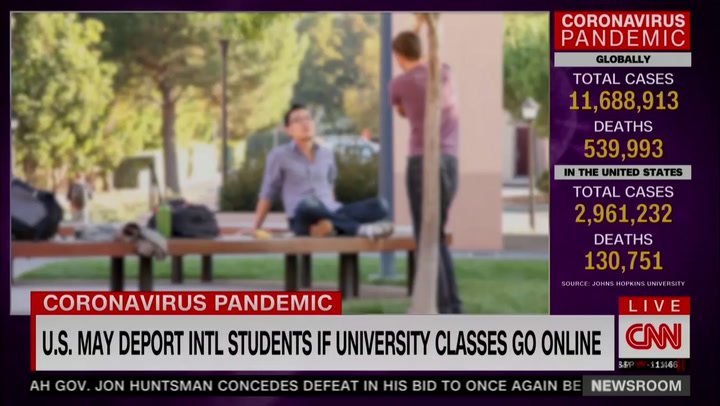
In an interview on CNN on July 7, with anchor Brianna Keilar and acting Deputy Secretary of the Department of Homeland Security Kenneth Cuccinelli, Cuccinelli explained that student visas are given so that students can take classes in-person. He continued by saying that allowing international students to stay in the country without fulfilling this goal would not serve the purpose of their visas. He also said that, in part, the goal of this decision was to encourage schools to reopen.
Cuccinelli and others in the Department of Homeland Security and ICE have stated that students have the option to transfer schools or leave the country and attend classes online abroad. The Trump Administration voiced their support for this move as the administration has repeatedly pushed for the need for schools to reopen in the fall.
In addition, President Trump has compared the reopening of schools in countries including Germany, Denmark, Norway, and Sweden to America saying each of those countries have reopened schools presumably to justify American School’s opening.
However, looking at each of the countries reactions to the COVID-19 outbreak, and the cases in America compared to those countries, there is a drastic difference that the president does not acknowledge seeing as America has had over 3 million cases and comparably Sweden has had over 73 thousand.
Still, in that same tweet, President Trump suggests the possibility of cutting off funding to schools if they do not comply with his wish for them to reopen. In this tweet, and many recent tweets about the issue, the president has not laid out a specific plan to safely open schools again with COVID-19 still spreading, and even spiking in cases, throughout America.

However, after hearing about ICE’s decision, many universities and colleges quickly took steps to block the decision and provide special exceptions for their international students.
Following the announcement on July 6, Massachusetts Institute of Technology (MIT) and Harvard quickly filed a joint lawsuit against the Trump Administration.
Harvard previously announced that they would be solely online for the upcoming year, and this decision would affect roughly 5,000 of their students, according to an article by CNN. In that same article, it points out the difficulties stated in the lawsuit including the difficulty students face trying to find new schools with in-person classes so close to the start of the fall semester.
Both CNN and news YouTuber Philip Defranco have pointed out that restrictions on travel in both America as well as other countries may, in fact, prevent students from going back to their home countries if they are forced to leave.
In a recent episode of The Philip Defranco Show, Defranco stated that in a now deleted tweet from Berkely, students had debated on the possibility of creating an in-person class specifically for international students as a plan to keep them enrolled. Defranco also discussed American based students being asked to give their seats to international students if they are enrolled in the few in-person classes.
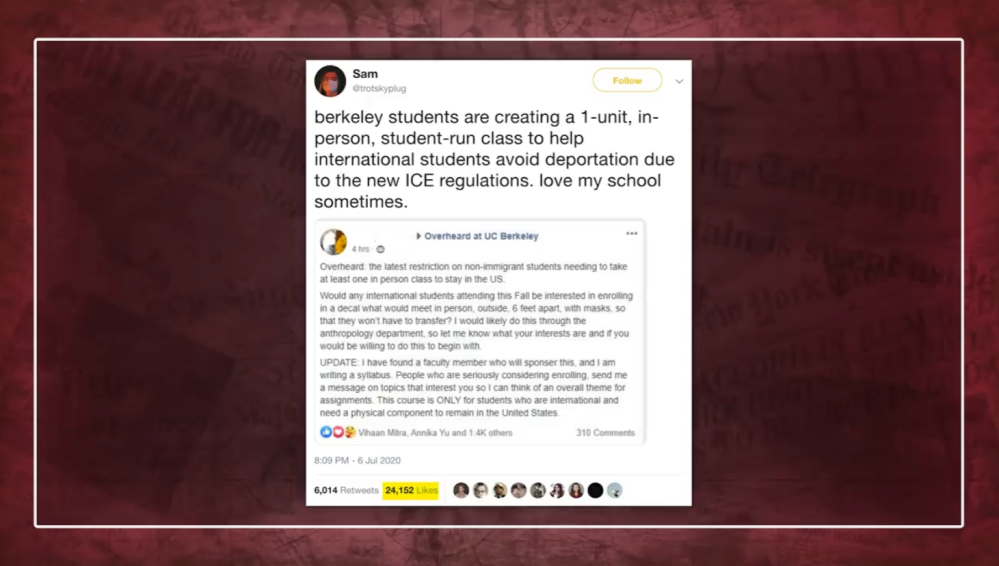
All of these plans, as well as the MIT-Harvard lawsuit, were under deliberation until California collectively as a state decided to sue the Trump Administration.
According to an NBC News article, California holds the largest amount of international students, particularly from China. Along with the many Universities and the California Community College Chancellor, Eloy Oakley, California collectively announced their plans to sue the Trump Administration on July 9.
Previous to this lawsuit’s announcement, Oakley put out a statement on LinkedIn where he expressed his support and support from the entire Chancellor’s office for international students.
“I want to ensure you the California Community Colleges Chancellor office, all of our colleges, working together with our partners at the Universities of California, California State University systems, and all higher education systems across the country, are working hard to 1. Clarify exactly what ICE is intending, and 2. Defend the rights of all of our students and protect their health and safety,” said Oakley.
The University of California also announced that they would be suing the Trump Administration in a separate lawsuit.
Shortly after all the pressure from California and universities across America, the Trump Administration decided to back down on its decision against international students.
As of July 14, the administration faced eight federal lawsuits, according to an article by AP News. According to the same article, after their first case with the MIT and Harvard Lawsuit, the Trump Administration rescinded their decision on international students and agreed to go back to the way things have been during the pandemic. In other words, international students would not be required to attend in-person classes.
This was seen as a great victory by the colleges both in and outside of these lawsuits. International students can rest easy from at least one issue this semester, but this decision has left many schools wondering what else the administration is willing to do to try and open up schools in the fall. As stated before, President Trump has already put the idea of cutting school funding out on his Twitter, but whether or not any of this will be a threat to schools and the health of their students is something they will have to wait to see.
